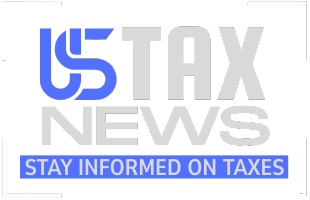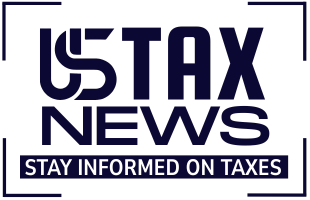The conversation around the shortage of licensed CPAs in the United States has become inescapable. Headlines, panels and white papers all echo the same concern: we need more CPAs. But beneath the surface of this urgent rallying cry lies a more important question — do we actually need more licensed accountants, or do we need to rethink how we support and empower the ones already in the field?
Let me be clear: I’m not writing this to force a predetermined solution into the public dialogue. I’ve spent years advocating for the removal of the 150-credit hour requirement and exploring alternative CPA pathways, but I haven’t landed on a single fix. That’s because the issue is far more nuanced than simply increasing supply.
As a college student, I remember how aggressively universities pushed accounting as a major, especially toward business students. Faculty encouragement felt more like pressure, and it was hard to see the reasoning behind it. Looking back, I recognize that the push to feed the CPA pipeline was part of a larger, systemic effort — one that lacked transparency and often ignored student readiness or interest.
Now, after a decade in the profession, I can better understand the anxiety behind those institutional efforts. But I’ve also come to see their limitations. The accounting profession’s response to pipeline challenges has been cyclical and reactionary. Rather than confronting the root causes, we’ve tried to patch the problem by focusing on the start of the pipeline — CPA candidates — without addressing the fragility in the middle.
Let me offer an analogy. During the 2023 MLB season, physics professor Aaron Leanhardt collaborated with the New York Yankees to redesign their bats. His goal? Improve hitting performance by reallocating the bat’s mass to the area that made the most contact with the ball — the sweet spot. The result was a “torpedo bat” that set franchise records.
Imagine the CPA pipeline as a baseball bat. Candidates are near the handle, partners at the end cap, and the mid-career CPAs — the ones carrying the heaviest workload — are at the barrel’s sweet spot. The profession, however, is pouring resources into the handle while treating the middle like an afterthought. That’s a mistake.
According to the Wall Street Journal, over 300,000 accountants and auditors have left their jobs in the past two years — a 17% decline. This exodus has been most significant among professionals aged 25–34 and 45–54. These aren’t just numbers. They represent the most productive, experienced and undervalued segment of the workforce. If this is our sweet spot, why are we not doubling down on retaining and developing it?
In a 2023 article, Kimberly Ellison-Taylor, CGMA, CITP, CISA, CEO of KET Solutions and past chair of the American Institute of CPAs, challenged the industry to focus on talent retention across all segments of accounting.
“Initiatives to improve team member experience, growth and advancement would go a long way to making a difference in the pipeline. It would also help if we highlighted the options and opportunities in the profession,” said Ellison-Taylor.
Can we really advocate for more CPA candidates when the profession lacks the infrastructure and support to keep the ones we already have?
Meanwhile, the profession is slow to embrace the most transformative tool at our disposal: artificial intelligence. CPAs today can collaborate with large language models and AI agents to streamline work, boost efficiency and focus on higher-level analysis. Yet many professionals remain unaware of tools like Anthropic’s Claude, Grok from xAI, or the real potential of APIs and automation.
It’s not just about using ChatGPT. It’s about reimagining how CPAs work — with AI as a teammate, not a threat. The firms that understand this will be the first to adapt. Those that don’t will risk losing talent, relevance and clients.
Instead, we need to focus on empowering existing CPAs with real tools, transparent career paths and support structures that account for the modern challenges of the job. We need regulatory flexibility, better education on emerging technologies, and a fundamental shift in how we view mid-career professionals — not as cogs in a pipeline, but as the engine of the profession’s future.
In 1994, Eli Mason — past president of the New York State Society of CPAs and former AICPA vice president — warned against the creeping commercialization of public accountancy, saying it could cost the profession the trust of the public it serves. That warning rings louder today.
The future of accounting doesn’t hinge on cranking out more CPAs. It depends on our willingness to invest in the people who are already here, doing the work — and doing it well.


